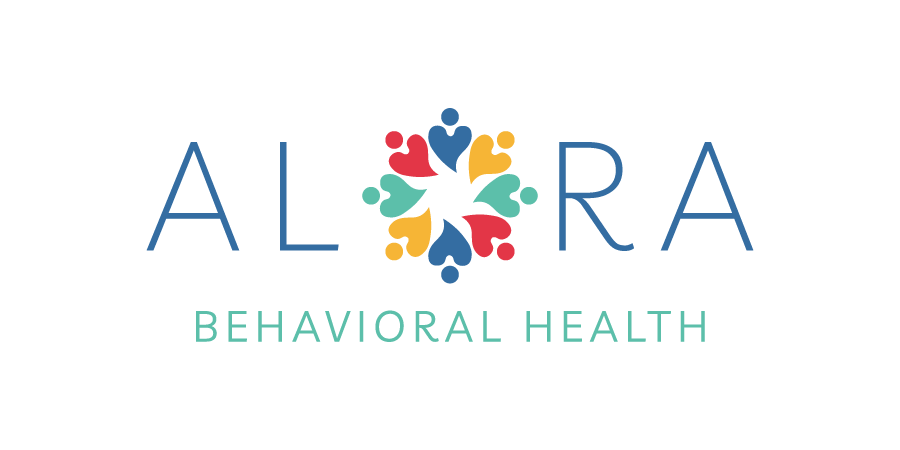When families begin Applied Behavior Analysis (ABA) therapy, one of the most common questions is: “How will we know if it’s working?” Progress in ABA therapy can take many forms, and it doesn’t always look the same for every child. Understanding how progress is measured and what it might look like day-to-day helps set realistic expectations and allows families to recognize important milestones along the way.
Progress Is Individualized
No two children have the same therapy goals, and therefore, no two progress paths are identical. ABA therapy is highly personalized, with goals tailored to a child’s specific needs, strengths, and developmental level. For one child, progress might mean learning to use words to request a snack. For another, it might be sitting through a short group activity or following a daily routine independently.
Therapists use ongoing assessments and data collection to track each child’s progress over time. Even small changes—like fewer instances of challenging behavior or an increase in eye contact—can represent meaningful steps forward.
The Importance of Skill Generalization
Progress isn’t just about learning a skill in one setting; it’s about being able to use that skill across environments, people, and situations. This is called generalization, and it’s a key component of effective ABA therapy.
For example, a child might learn to say “hello” during a therapy session. Generalization means that they can say “hello” at home to a sibling, or at school to a teacher. Therapists work to ensure that skills are functional and transferable to real-world settings.
Measuring More Than Just Milestones
While some progress is visible—like using more words or completing tasks independently—other signs of progress are subtle. These might include:
- Improved frustration tolerance
- Greater flexibility with changes in routine
- Decreased need for prompts or support
- Better engagement in social play
It’s also important to track how much prompting is needed to perform a skill. A skill performed independently is a stronger indicator of mastery than one done with heavy guidance.
Progress Can Be Nonlinear
Just like any learning process, progress in ABA therapy is not always a straight line. Children may master a skill one week and struggle with it the next. External factors like illness, sleep, and transitions can impact performance.
Therapists are trained to adjust strategies as needed and revisit goals to ensure they remain appropriate and achievable. Parents can support this by staying engaged in communication with the therapy team and celebrating incremental successes.
Collaboration Supports Consistency
Consistency across environments—home, school, and therapy—helps reinforce skills and accelerate progress. When families understand and use strategies that align with therapy goals, they become key partners in their child’s growth.
Therapists often provide parent training to help families apply strategies, track behaviors, and celebrate wins together. This collaboration can lead to more effective, sustainable progress.
Recognizing the Bigger Picture
Ultimately, progress in ABA therapy is about improving quality of life. It may look like:
- A child expressing their needs more clearly
- Fewer daily struggles with routines
- Stronger social connections
- Greater independence in self-care
These are meaningful, life-enhancing changes that can build confidence for both the child and the family.
In conclusion, progress in ABA therapy is multi-dimensional, personalized, and often gradual. By understanding what to look for and maintaining open communication with therapists, families can better appreciate the journey and celebrate every step forward.
